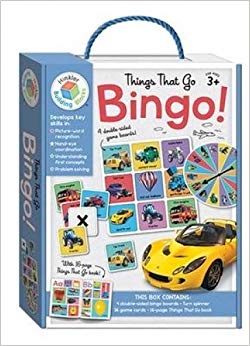-
How Scientists Research Cells
Kristi Lew
Hardcover (Chelsea House Pub (Library), Aug. 1, 2011)Since cells are the smallest of all living organisms, scientists have had to develop various methods and tools to examine and research them. In the 17th century, the microscope was invented, allowing researchers a glimpse at the cell. Today, supercomputers put cells and experiments to the test. In microbiology laboratories and cancer research centers, well-trained, dedicated scientists work to explore the science of cells, making biotechnology a continuously growing field. In How Scientists Research Cells, learn how the first discovery of cells led to the first cloned mammal and additional scientific advancements. Z
Z
-
Mixtures and Solutions
Louise Spilsbury, Richard Spilsbury
Hardcover (Heinemann Intl Inc, May 30, 2007)Presents an introduction of solutions and mixtures and includes a variety of experiments and examples of how mixtures and solutions are used in everyday life. S
S
-
Cell Structure, Processes, and Reproduction
Phill Jones
Library Binding (Chelsea House Pub (Library), Aug. 1, 2011)Cells are considered one of the most basic units of life, yet their structure, processes, and reproduction are intricate and complex. From plasma membranes to cell organelles to the macromolecules that are the brick and mortar of a cell, structure is an important aspect to maintain the life processes of a cell. Some of these processes, including transfer of information from DNA to RNA to protein and the control of gene expressions, are necessary functions that aid in cell reproduction. In Cell Structure, Processes, and Reproduction, readers will explore how the major characteristics of a cell are crucial in enabling these tiny units to carry out specialized functions in multicellular and single-celled organisms. R
R
-
Mixtures and Solutions
Richard Spilsbury, Louise Spilsbury
Library Binding (Heinemann, Jan. 19, 2007)Readers will learn about how mixtures and solutions are made and measured; what makes dissolving easier; how we can separate mixtures and solutions; what air is made from; and more. S
S
-
Elements and Compounds
Richard Spilsbury, Louise Spilsbury
Library Binding (Heinemann, Jan. 19, 2007)Readers will learn about molecules, elements, the grouping of elements, metals and non-metals, both natural and man-made compounds, and the periodic table. Q
Q
-
Chemical Reactions
Richard Spilsbury, Louise Spilsbury
Library Binding (Heinemann, Jan. 19, 2007)Readers will learn what chemical reactions are, how they work, what changes happen during reactions, and how we can stop reactions. T
T
-
Examining Basic Chemical Molecules
Louise Eaton, Kara Rogers
Library Binding (Britannica Educational Pub, Jan. 15, 2018)Nucleic acids, amino acids, proteins, lipids, and carbohydrates are the basic chemical molecules that are vital to life for all organisms, human and otherwise. They determine our genetic makeup, provide energy, and enable important chemical reactions. This volume delves into the structure, function, and interrelationships of these components of life. Sidebars on chemists, molecular biologists, and researchers link the biochemical discoveries of the past with the latest scientific advancements and their applications in health and medicine.
-
Learn First Words Building Blocks Floor Puzzles
None
Paperback (Hinkler Books, )None
-
Baby Animals Building Blocks Memory Match
None
Paperback (Hinkler Books, )None
-
Building Blocks ABC Puzzle Train
None
Paperback (Hinkler Books, )None
-
Things that Go Building Blocks Bingo
None
Paperback (Hinkler Books, )None
-
Building Blocks 123 Puzzle Train
None
Paperback (Hinkler Books, )None